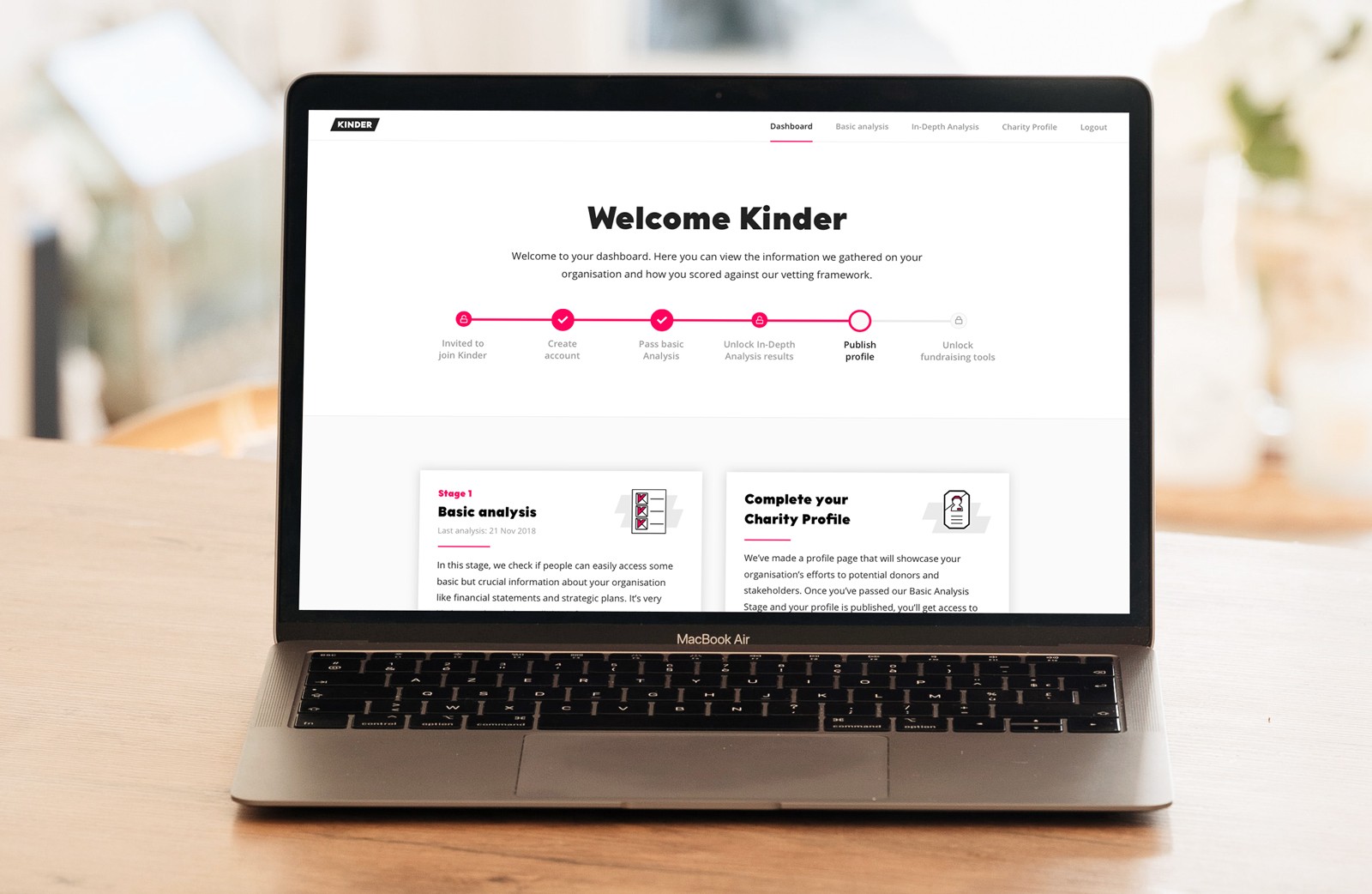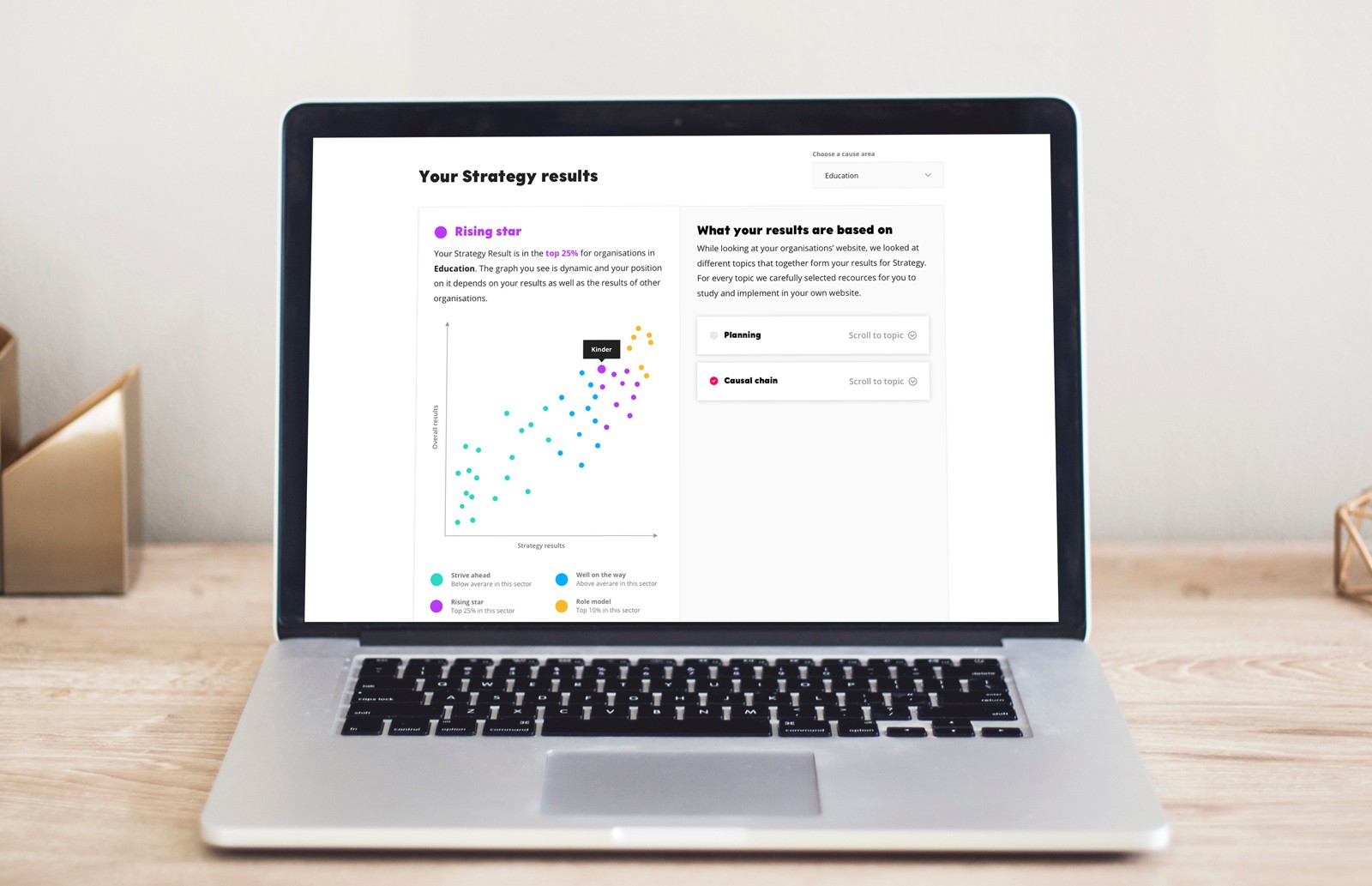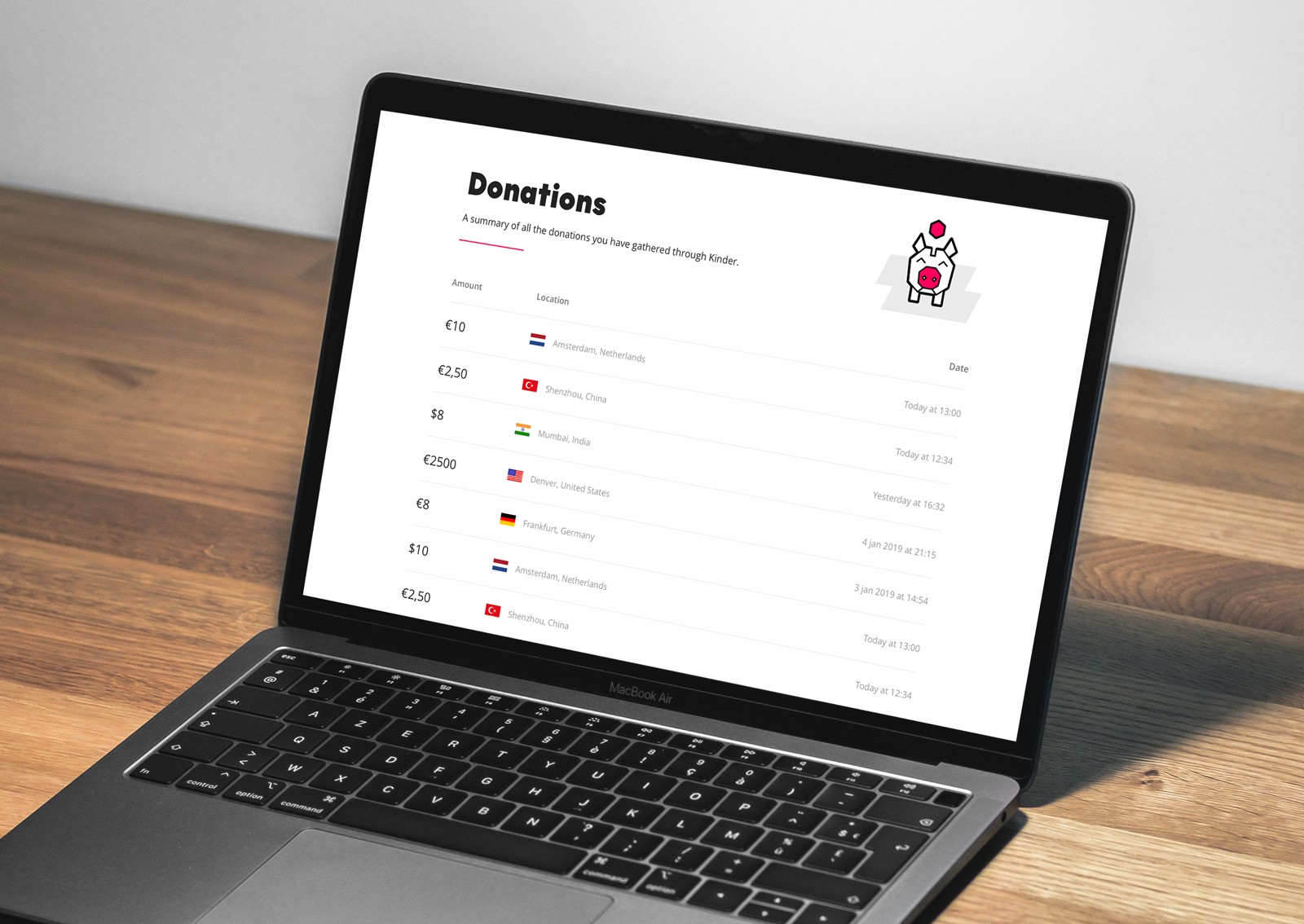Even if a charitable organisation is set up to serve a very specific group, entity, species, etc., it also serves the general public by virtue. What these organisations do doesn’t only greatly affect their targets but the whole society. In an ideal world, everyone - donor or not - could easily get information about charities’’ inner workings. In an ideal world, everyone would also have the time, energy and resources to do thorough research about charities they’re interested in, and the charities themselves would have the time, energy, and resources to dedicate to research.
Unfortunately, as looking at any news report from any day can tell you, we don’t live in that ideal world. Charitable organisations try to do their best with the limited resources they have and people either donate to the same big charities every time or, worse, they give up on donating all together because they’re overwhelmed by an abundance of organisations to choose from and the lack of information about them.
This is where we, Kinder, come in. We want to take some weight off of charitable organisations’ shoulders by doing research about them for them and providing advice; at the same time, we want to share our insight with people who are concerned and want to take action, potential donors, so they can make informed decisions.
Research lies at the heart of our efforts to improve the charitable sector, and our in-house platforms the Vetting and Charity Zones are the two foundations of our research. The Vetting Zone is for our dedicated team of voluntary vetters (63 and counting). They can log in to the platform and seamlessly analyse charities based on our custom vetting framework.
The Vetting Zone has been active for 18 months now, and we’ve vetted over 2000 organisations, but we didn’t just want to stuff these results in a dry report and send them to the organisations; we have been building a bespoke space for charitable organisations. That space is the Charity Zone and it’s finally ready for organisations to sign up.
In the Charity Zone, organisations can see their results, read the advice we specifically curated for them, take a look at examples, create a profile for their charity where they can seamlessly gather donations.

The results and the corresponding advice that organisations see on their dashboard is based on our custom Vetting Framework, developed in-house with support from researchers from the Impact Centre Erasmus of Erasmus University Rotterdam. Okay, but what exactly is a vetting framework and how does ours work?
To vet, a term that you’ll often run into in the charitable sector lingo, essentially means to carefully examine something. In our case, vetting means gathering information on charitable organisations to evaluate their accountability, and that’s exactly what our vetting framework is designed to do.
The current framework we use is the third iteration, but definitely not the last. We periodically reflect on our own plans, programmes, and actions and adjust accordingly. We advocate for continuous self-evaluation and progress, how hypocritical would it be if we didn’t perform it ourselves?
For the many shapes and sizes our vetting framework and our research have gone through over the years, there has always been one common element: we only use the information available to the public, so, information on the organisations’ websites. The reason for this is simple: we believe everyone should have access to the answers to important questions we ask.
I won’t get into the details of how our framework evolved into its current state, but to summarise: it’s fair to say the language of our first two editions, especially the initial one, was more academic lingo and less accessible everyday speak. We rephrased the questions in our framework several times to make sure there was no room for misunderstanding and all our vetters interpret the questions in a similar way.
Aside from the language, the content of the framework has changed a lot too. Upon research and reflection, we realised that many charities and charity assessors give a lot of attention to donors and other stakeholders, but beneficiaries - people who benefit from charitable organisations’ actions - are often left out. So, now, we have a whole subsection of questions in our Stage 2 about beneficiary agency.
Separating our analysis into stages was also something we decided to include later on. As we kept adding new subsections and questions to our framework, we realised doing it all at once was, for one, a serious time commitment for our vetters and second, overwhelming for charities when they received their results. As I mentioned above, making this whole process accessible and seamless is a priority for us, so we divided our framework into four stages.
Currently, our vetters assess charities based on the first two stages. We’re continuously working on our last two stages and will start adding them to our analysis very soon. The first stage of our assessment is Basic Analysis. As the name suggests, in this stage we focus on basic information we believe an organisation should share with their audience. We look out for: being easily reachable to voice concerns or give suggestions; providing information about board members and key staff; publishing financial statements; sharing strategic plans; dealing with controversy (if there are any).

To access their Stage 2 results, organisations are to pass Basic Analysis first. We’ve decided to implement this element to the framework to give some time to organisations to take in our advice and complete their basic information before moving into a more detailed analysis and advice section.
Stage 2 is In-depth Analysis. In this stage, we look for answers to questions relating to strategy, programs, research, and responsibility. From utilising external research to making ethical decisions, we dig deep into organisations’ workings. Just like Stage 1, all results of our assessment comes with custom advice and custom resources. Stage 2 analysis also allows us to benchmark organisations against others in their respective cause area. We don’t compare organisations that work in different areas because comparing, for example, a public health organisation with an art one doesn’t give any useful information. We show organisations where they are within their sector, but don’t disclose the names of other organisation. Our goal is to encourage organisations to improve and learn from each other, it’s not about competing at all.

What Charity Zone can do is not limited to demonstrating our analysis to charities and giving them customised advice. Organisations can also curate their profile that is used on all the Kinder donor-facing fundraising products.. Since we already have a lot of information on organisations through our analysis we fill out most of their profiles for them. Of course, every organisation can change their profile as they wish, but in many cases, a few adjustments are enough to get their profile ready for receiving donations.
When it comes to donations, we stress the importance of respecting donors’ privacies. We give the organisations just enough information to use for their fundraising insight but keep private details private. Organisations can see which country their donors are based in, for example, but not where they specifically are, or any other personal details.

We’re very proud of what we’ve accomplished so far with the Charity Zone and we’re slowly starting to invite organisations to sign up, have a look at their results, utilise our advice and start gathering donations. Any organisation is welcome, in fact, encouraged to sign up; if you work for an organisation and are interested in signing up, you can do it right here! We’ll make sure to add you on our list and you can start your Kinder journey asap.
As we keep working on the Charity Zone and our vetting framework, don’t think that we’re neglecting our other Kinder ventures. Our editorial platform Kinder World is going strong and working along with the Charity Zone. With the collaboration between the Charity Zone and our own content platform, as well as those of our media partners, our aim is to showcase high-scoring charities in our system and help tell their stories to our growing audience of global citizens concerned with the state of the world. Keep your eyes open, many more exciting things are in the works for the near future!




